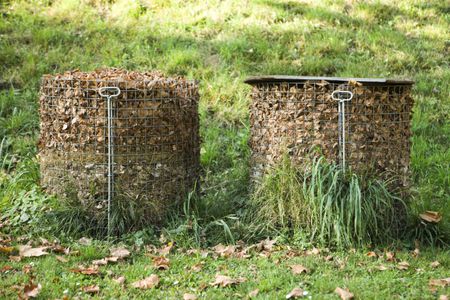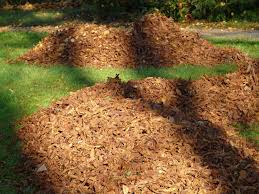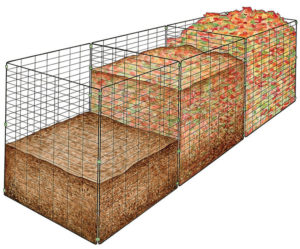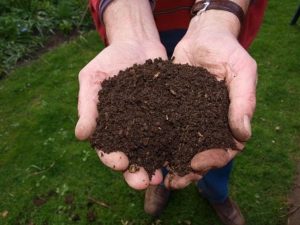
Black Gold, Leaf Mold!
In previous Dirt-On-Dirt blog posts we discussed a range of gardening topics including: basic fall garden clean-up, use of organic material in soil health, and how and why we use mulch in the garden. This fall, as you rake and bag-up those endless piles of leaves have a second look at the much-maligned fall leaf!

It could be nature’s gift to you in the form of an excellent source of organic material. Allowed to compost – breakdown naturally with help from beneficial microbes – the end product is called leaf mold. Similar to other organic material, leaf mold is carbon-rich and a wonderful source of beneficial soil organisms. Used as a soil amendment or mulch, leaf mold reduces soil compaction and aids in water-retention. Let’s take a look at how we can utilize this excellent resource from nature.
There’s a minor hindrance. . .
Making leaf mold takes a while. A regular pile of leaves will eventually break down to create leaf mold. It might take a year or two. The decomposition process is slow. Just like compost made from food scraps and garden trimmings, there are ways to help things along. Composting material needs moisture and air circulation. Shredded leaves compost more quickly; large, unshredded leaves in a pile may mat together, inhibiting air and moisture circulation. A number of approaches and techniques can speed up the process, producing some nice organic material in less time.

Methods
The least fancy approach to making leaf mold, if you have space on your property, is to shred your leaf pile with your lawn mower and rake into pile. Leaves are prone to scatter in the wind, so most gardeners opt for a bin or enclosure. Composting bins and enclosures of course can be purchased, but making a simple cage for leaves is simple. Chose wire mesh which will both retain the leaves and allow for air circulation. Add four posts or stakes to give form and stability to your bin. Bins shouldn’t be too tall – 30-36”. Compost piles need occasional turning with a spading fork or shovel so you need to reach comfortably into the enclosure. I recommend building several bins side-by-side, say maybe three bins. Put next year’s leaves in a different bin and subsequent year’s leaves in the third bin. By the time you fill the third bin, the first bin should be ready for use. When you turn your leaf compost pile, check for moisture. Add water as needed to keeps things moist.
A super-easy method for composting leaves – although less attractive – is using black plastic trash bags. Just fill the bags, poke a few holes for air circulation, and leave in an out-of-the-way place in your yard. Leaves usually compost more quickly using this method. It’s unlikely they will dry out, but check the bags occasionally. If you want to speed up the composting process add some green material. Grass clippings work well.
 Worth the wait
Worth the wait
Creating leaf mold can take a while, but it’s certainly worth the wait. Leaf mold added to your garden soil can increase water retention by up to 50%. It improves the structure of the soil and provides tons of beneficial soil organisms including earthworms! Before leaves start to fall from your trees this year, make plans to advantage of this excellent gift from nature. Set up your leaf composting bins and get ready to produce wonderful, free, organic compost for your garden.
Happy Gardening!
-Francesca
Francesca Holinko is a Horticulturist and Grower at Arborjet, Inc.


Sorry, the comment form is closed at this time.